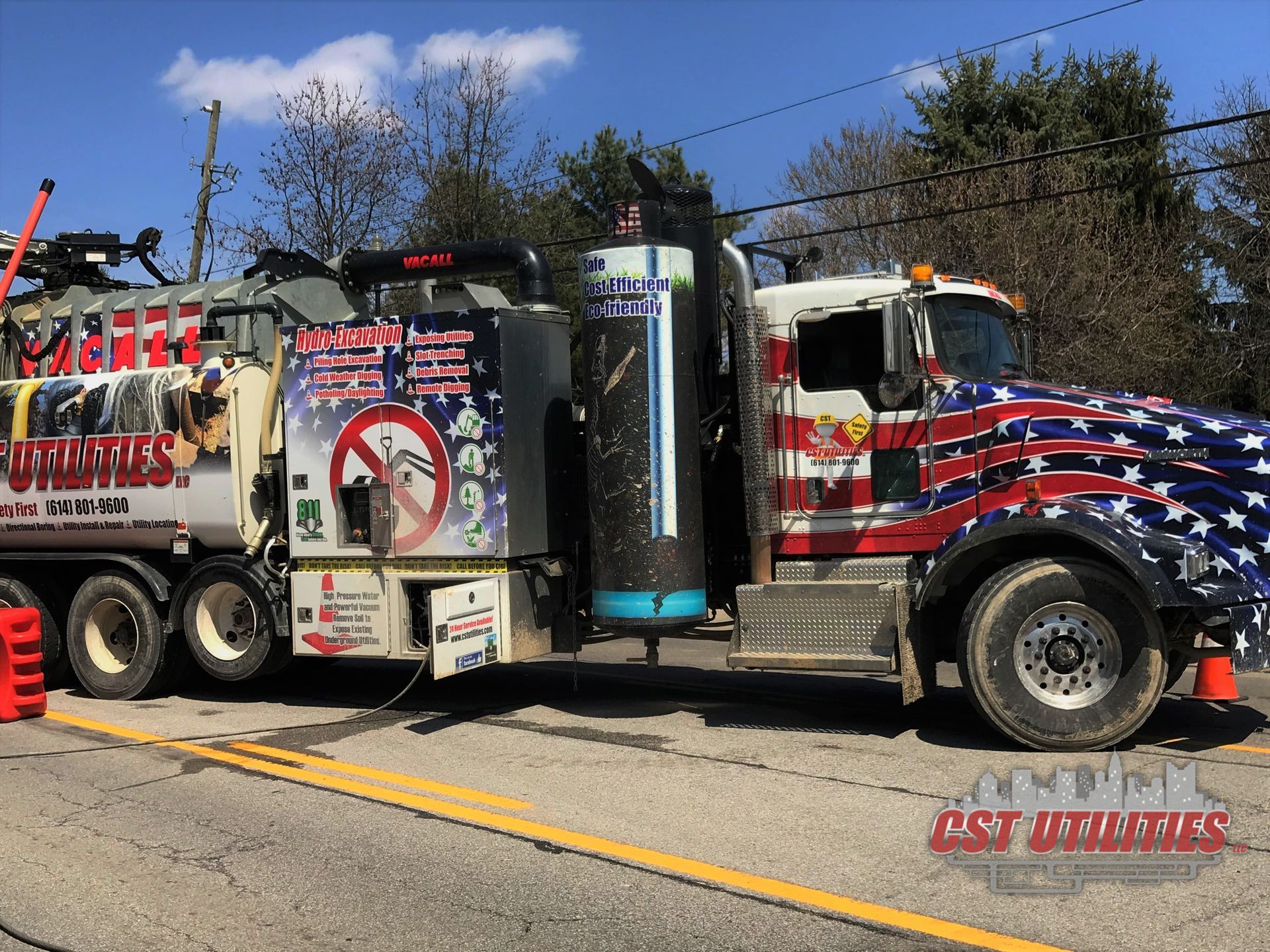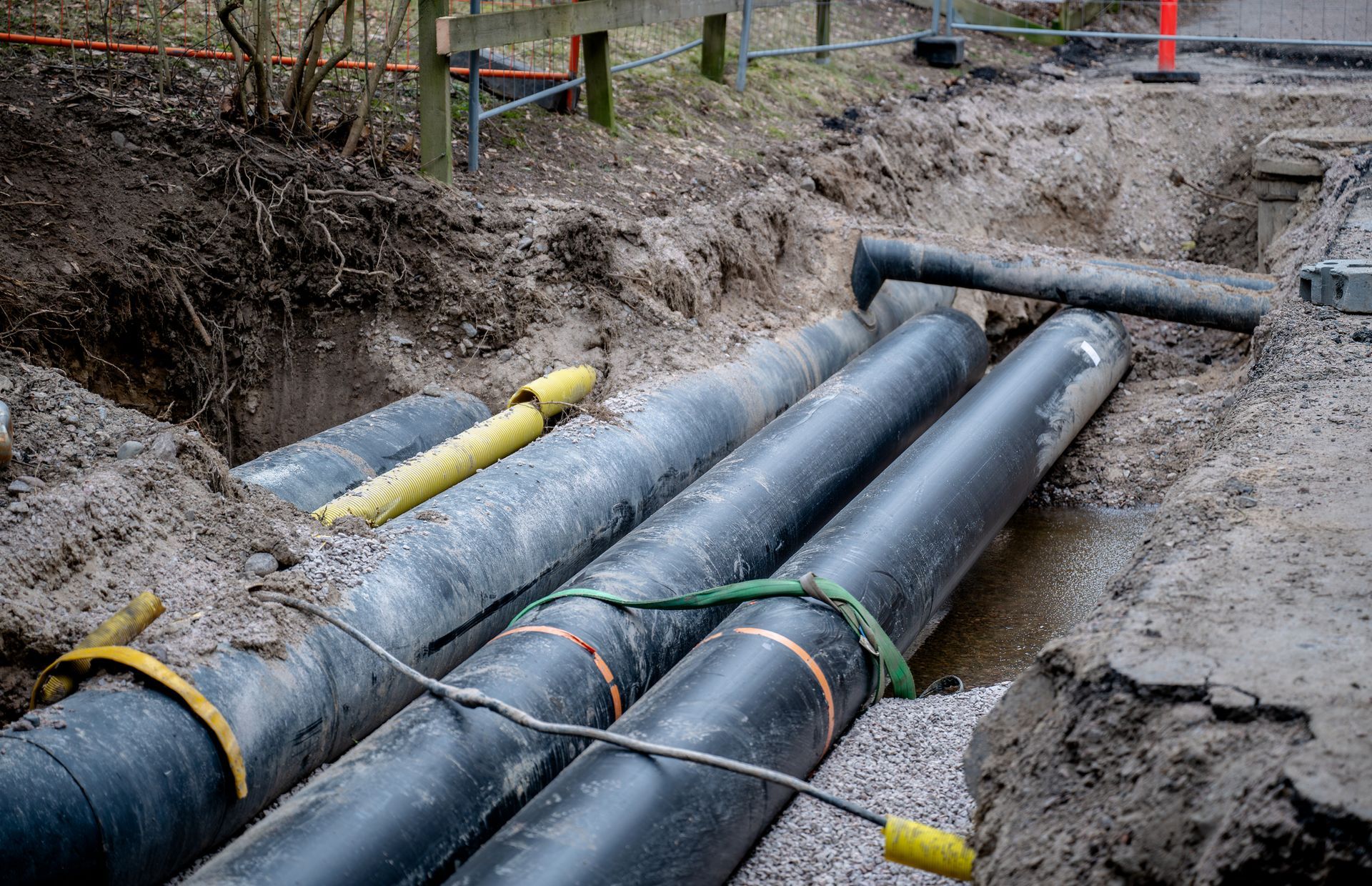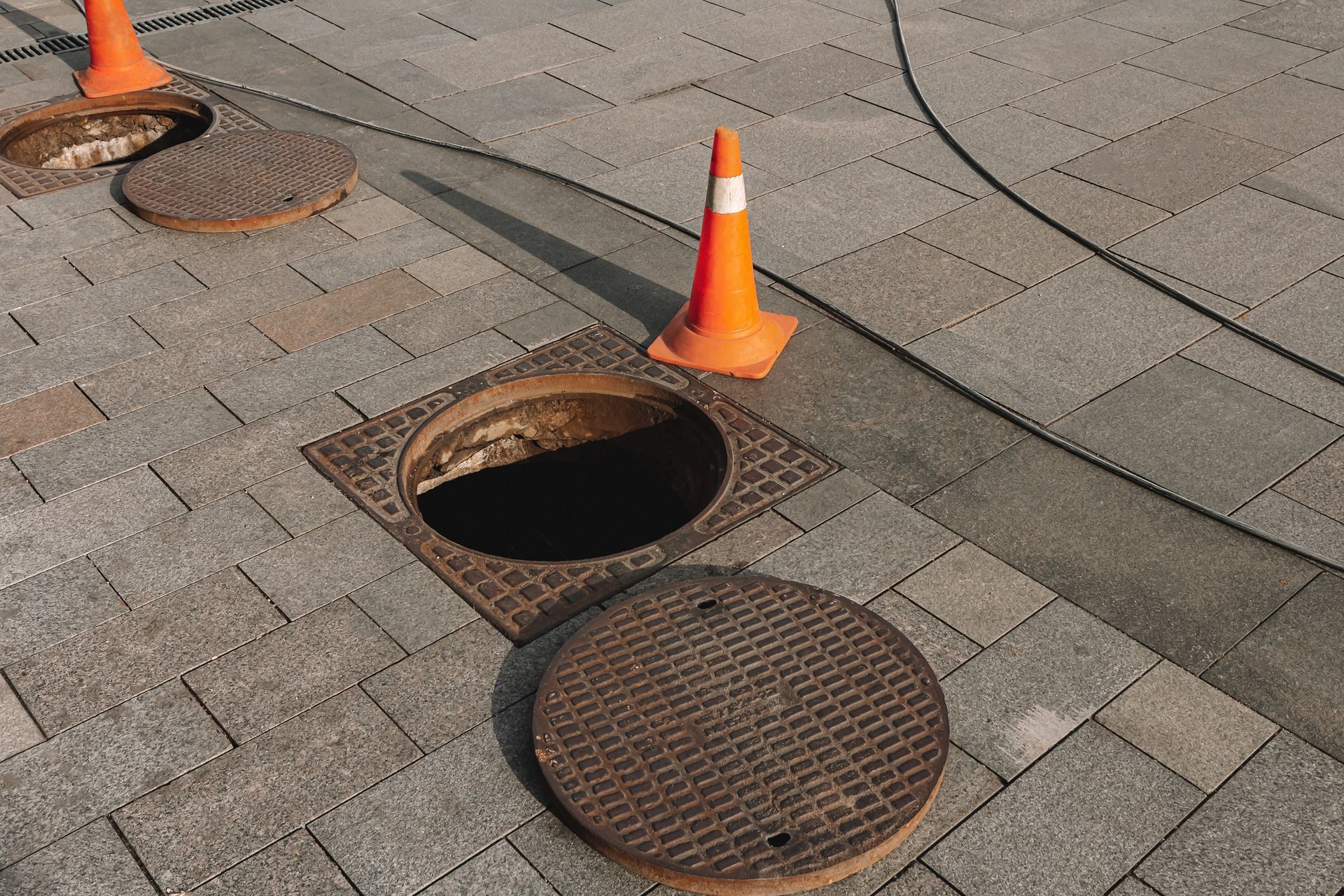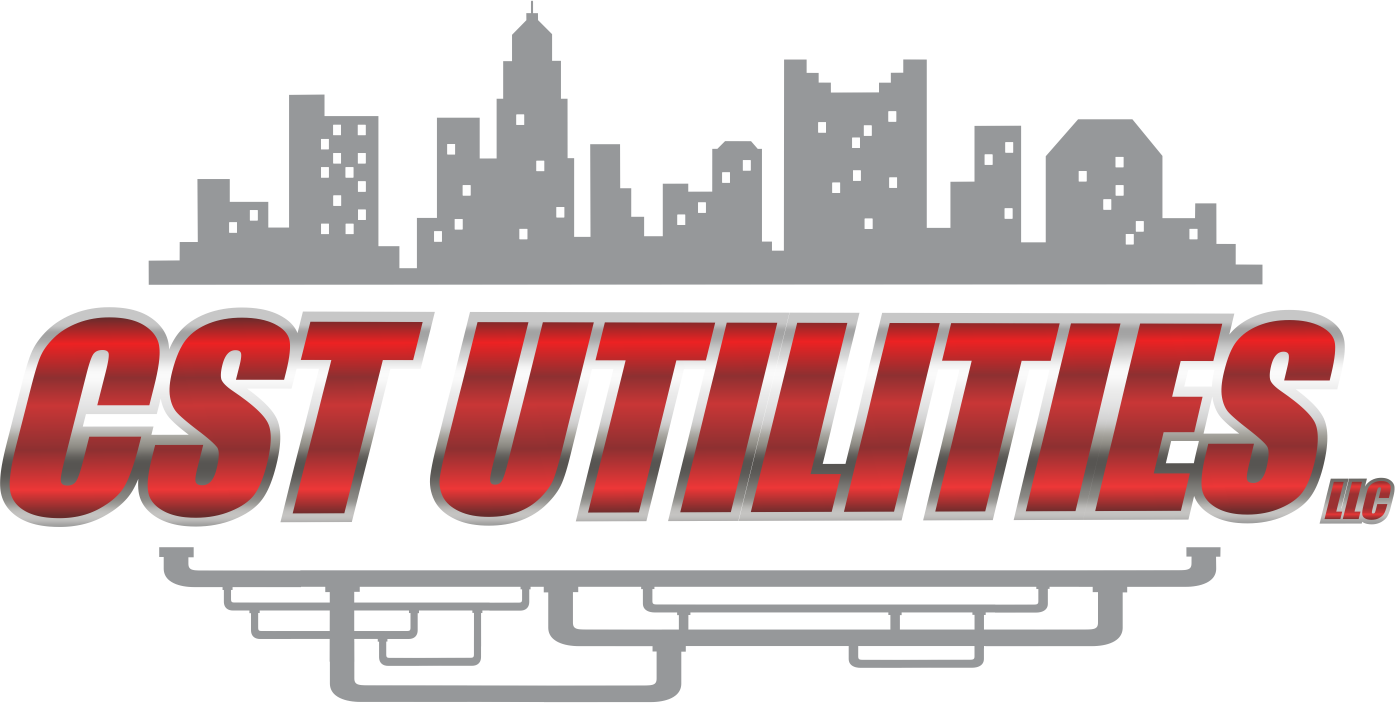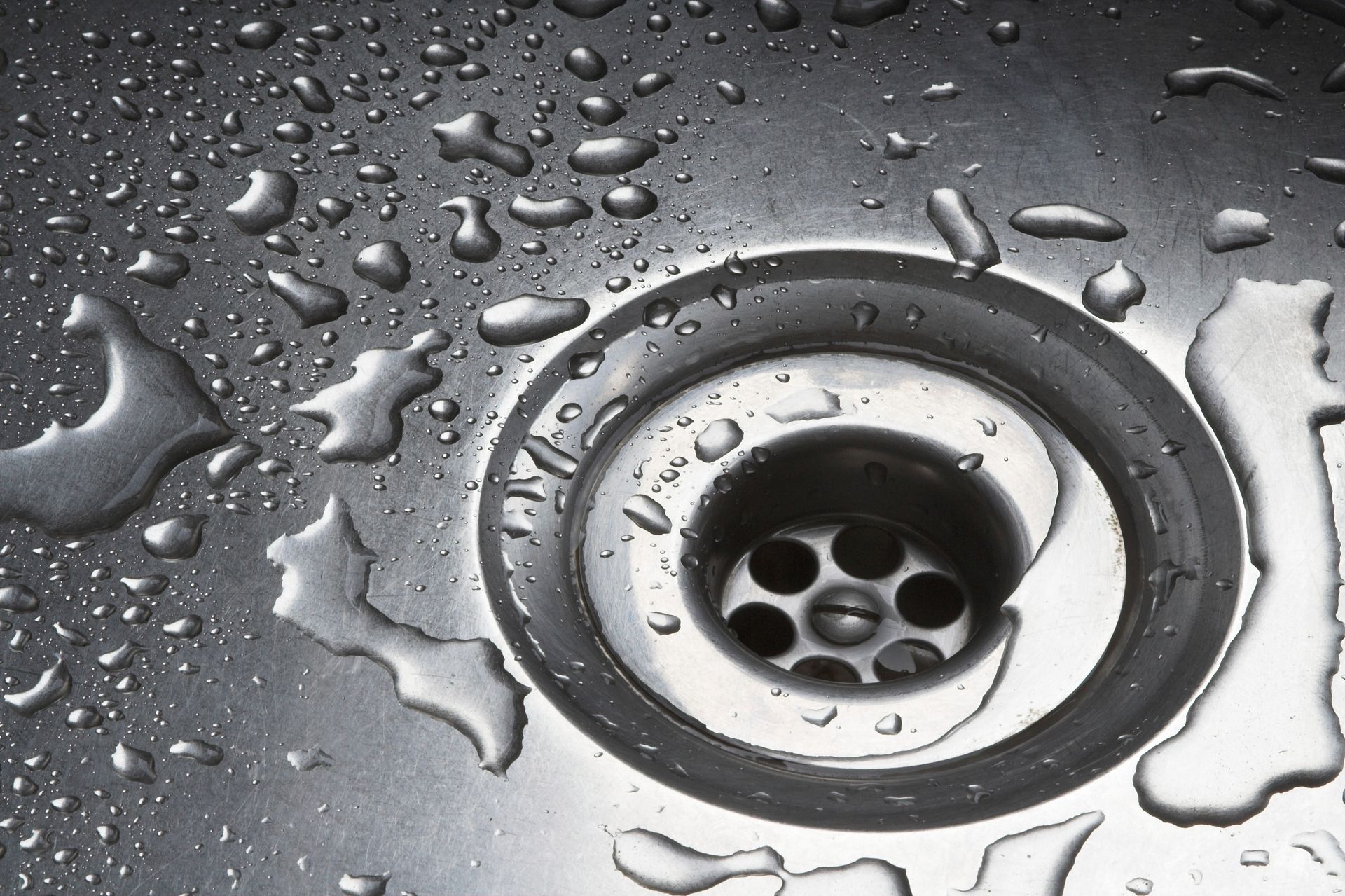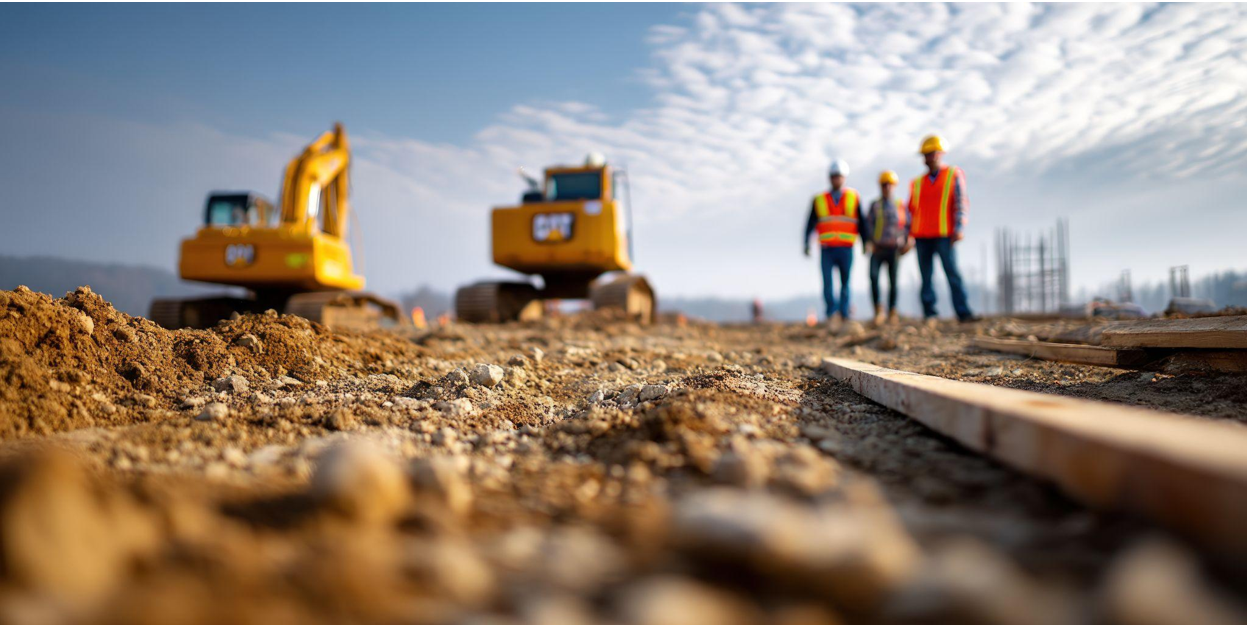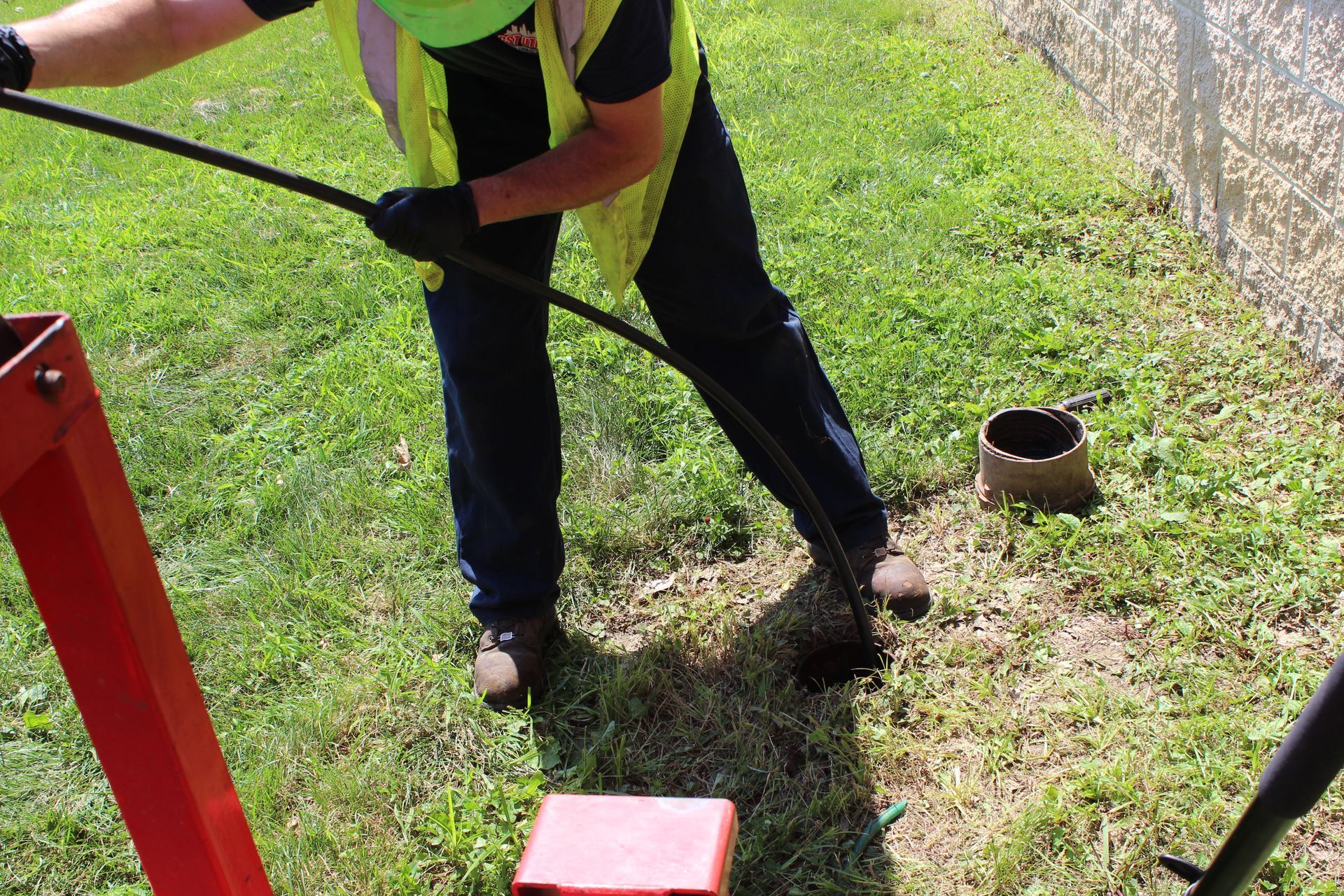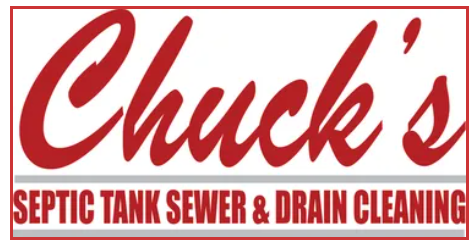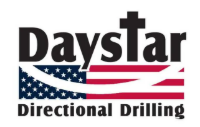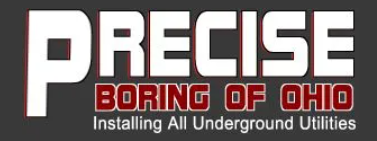Why Safe Shoring Practices Matter in Construction
Why Shoring is a Big Deal
1. Preventing Cave-Ins and Collapses Nobody wants to deal with a collapsing trench. Shoring keeps soil and structures in place, reducing the risk of cave-ins that could cause serious injuries—or worse.
2. Keeping Workers Safe Construction sites come with their fair share of hazards. Having the right shoring in place gives workers peace of mind, helping them focus on their job without worrying about unexpected dangers.
3. Following Safety Regulations OSHA and other safety organizations have clear guidelines for shoring, and for good reason. Ignoring these rules can lead to fines, delays, and unsafe conditions that put everyone at risk.
4. Protecting Nearby Buildings and People If you’re working in an urban area or near existing structures, proper shoring prevents soil movement that could damage buildings, roads, or even endanger pedestrians.
5.
Saving Time and Money Investing in safe shoring practices might seem like an extra step, but in the long run, it helps avoid expensive project delays, costly repairs, and potential lawsuits.
Best Practices for Safe Shoring
● Know Your Site: Always assess soil conditions and identify potential risks before starting excavation.
● Pick the Right Shoring System: Whether it’s hydraulic shoring, timber shoring, or aluminum shores, choose the best system for the job.
● Follow the Rules: Stick to OSHA and manufacturer guidelines to ensure everything is up to code.
● Train Your Team: Make sure everyone on-site knows how to use shoring systems properly and understands the risks of skipping this step.
● Inspect Regularly: Check shoring equipment daily, especially after bad weather, to make sure it’s holding up.
●
Gear Up: Workers should always wear personal protective equipment (PPE) like hardhats, safety boots, and harnesses where needed.
Final Thoughts
Shoring might not always be top of mind, but it’s an essential part of construction safety. Taking the time to implement proper shoring techniques keeps workers safe, projects on track, and companies compliant with regulations. At the end of the day, good shoring practices aren’t just about following rules—they’re about making sure everyone goes home safe. At CST Utilities, we take shoring seriously and always practice safety first.
